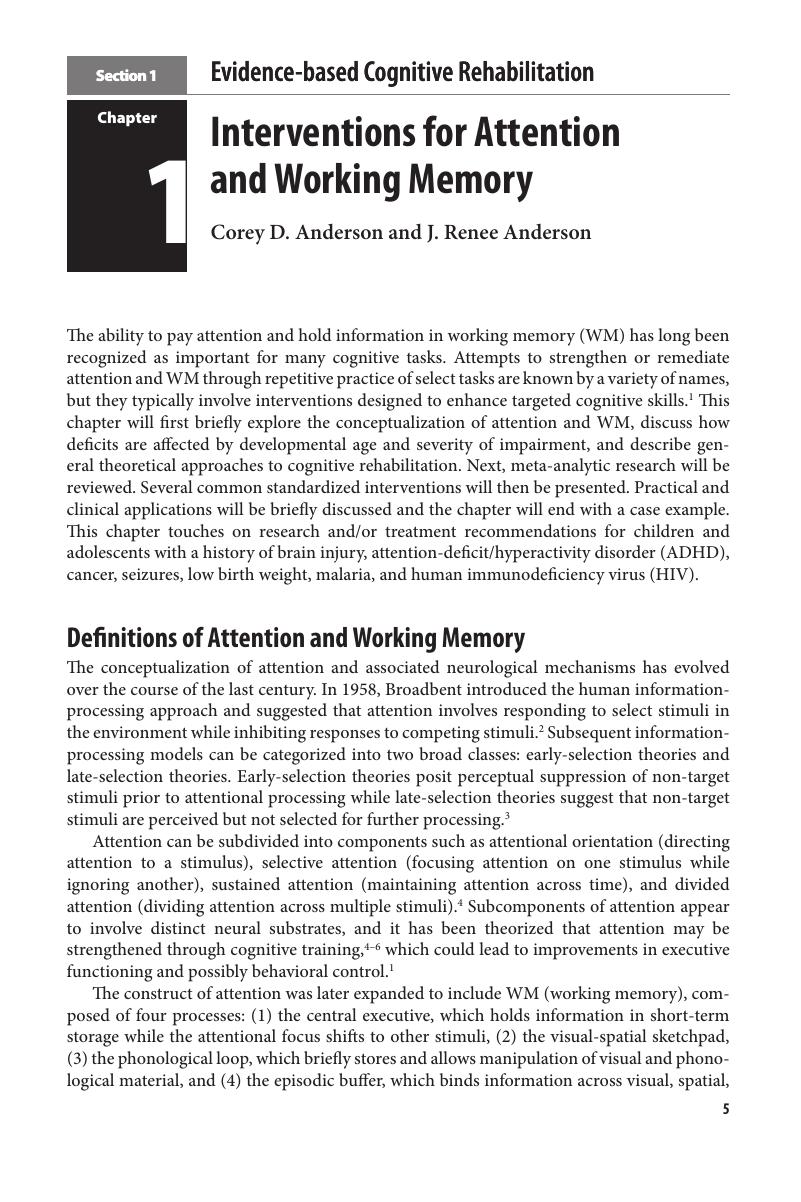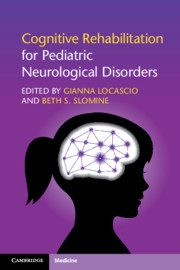Book contents
- Cognitive Rehabilitation for Pediatric Neurological Disorders
- Cognitive Rehabilitation for Pediatric Neurological Disorders
- Copyright page
- Contents
- Contributors
- Preface
- Acknowledgments
- Introduction
- Section 1 Evidence-based Cognitive Rehabilitation
- 1 Interventions for Attention and Working Memory
- 2 Memory Interventions
- 3 Interventions for Hemispatial Neglect
- 4 Executive Function Interventions
- 5 Family-based Interventions
- 6 Language, Cognitive-Communication, and Social-Communication Interventions
- 7 Pharmacological Interventions
- Section 2 Special Considerations
- Index
- References
1 - Interventions for Attention and Working Memory
from Section 1 - Evidence-based Cognitive Rehabilitation
Published online by Cambridge University Press: 25 June 2018
- Cognitive Rehabilitation for Pediatric Neurological Disorders
- Cognitive Rehabilitation for Pediatric Neurological Disorders
- Copyright page
- Contents
- Contributors
- Preface
- Acknowledgments
- Introduction
- Section 1 Evidence-based Cognitive Rehabilitation
- 1 Interventions for Attention and Working Memory
- 2 Memory Interventions
- 3 Interventions for Hemispatial Neglect
- 4 Executive Function Interventions
- 5 Family-based Interventions
- 6 Language, Cognitive-Communication, and Social-Communication Interventions
- 7 Pharmacological Interventions
- Section 2 Special Considerations
- Index
- References
Summary

- Type
- Chapter
- Information
- Publisher: Cambridge University PressPrint publication year: 2018



